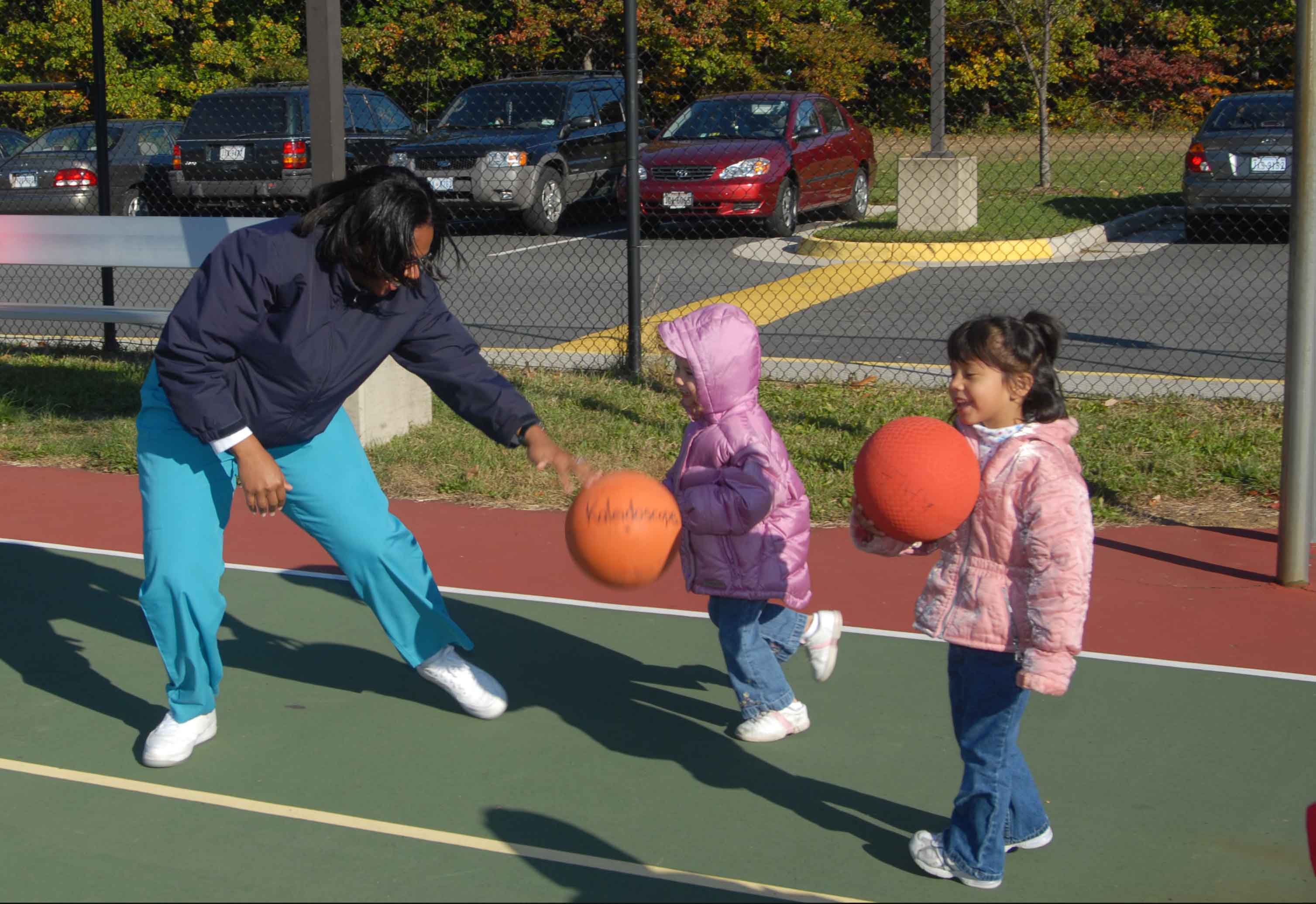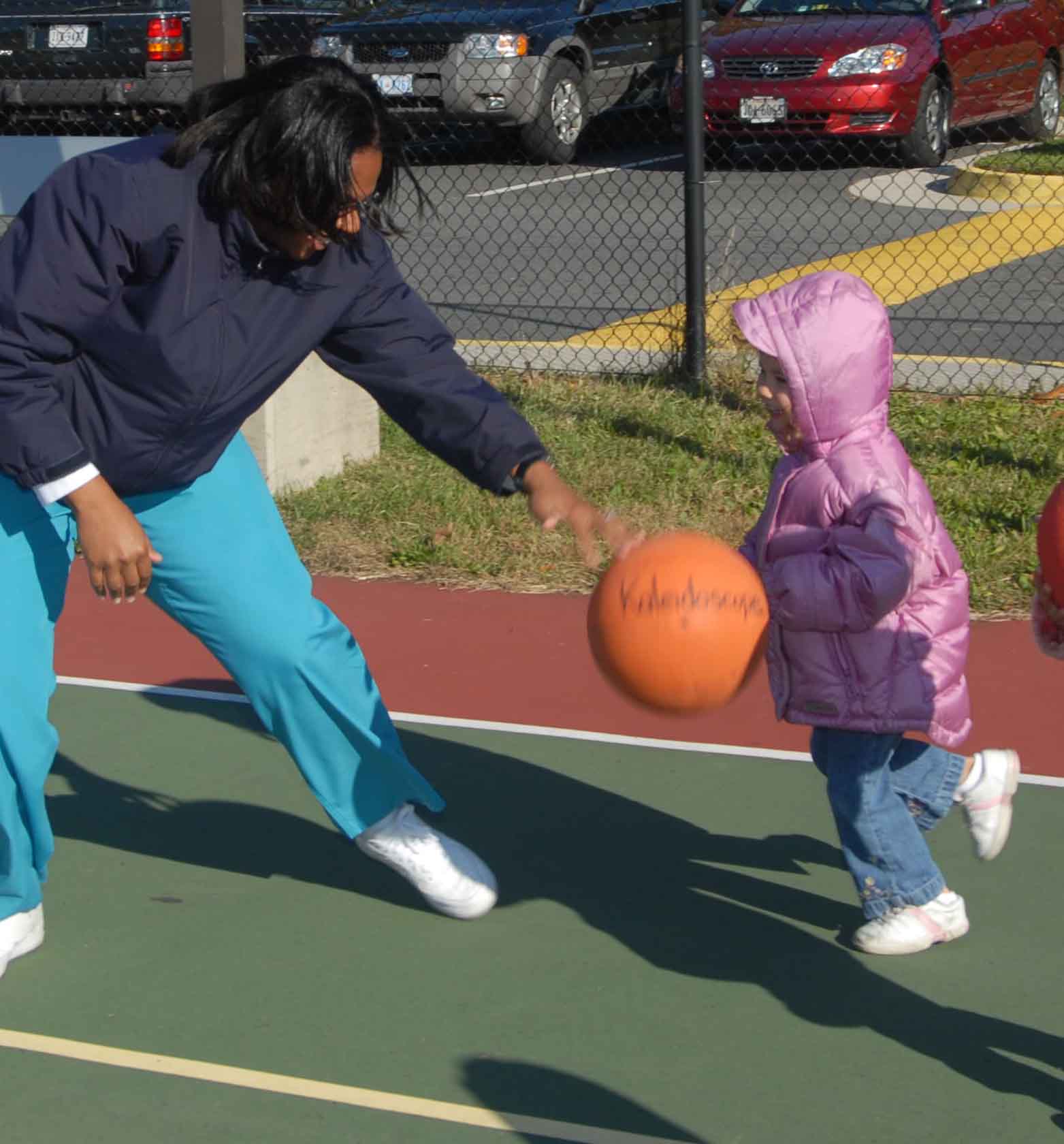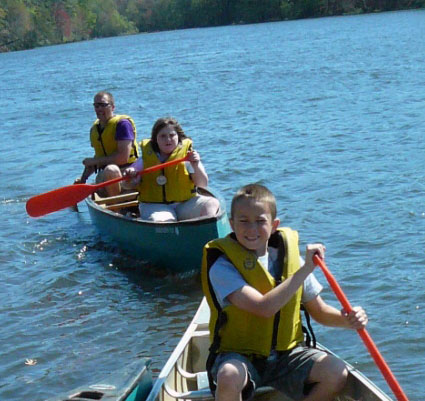Between homework, housework, school schedules and work schedules, it can be hard to fit in the 60 minutes of daily physical activity that children need to grow into healthy adults.
Parents of young children, who cannot play outside unsupervised, may find it especially challenging. Often keeping children active means getting the whole family moving, which can be hard but definitely worth it.
“When I get home, I really have to make myself make time to be active,” said Lori Purcell Bledsoe, a Georgia 4-H program coordinator who has a three and a six year old. “I am lucky to have children who enjoy being outside, but some days I don’t even get to change clothes before we are on the swing set. But it’s what’s best for them, and it’s what’s best for me … Playing and enjoying yourself is important for all of you and helps reduce the stress of having such a hectic life.”
Playtime is not only important for children physically, but also mentally — it helps them develop decision making skills and helps them focus and sit still when they’re working on school work or on other quiet activities, said Diane Bales, a child development specialist with the UGA College of Family and Consumer Sciences.
“It’s not an extra,” Bales said. “It’s part of what’s important for their physical and mental development.”
Being active doesn’t mean having to go on power walks or playing organized sports.
“For kids it’s not working out,” Bales said. “When we talk about children, we don’t talk about exercise; we talk about active play. Exercise implies it’s something outside of what we normally do, when playing is just what children do. They’re naturally active.”
Anything that keeps a child’s attention and gets them moving is the “right type” of activity for them, Bledsoe said. Also, try not to say things like “it’s too hot outside”, which just makes them think about being hot. Sweating is good for all healthy people. Just be sure to offer plenty of water to keep children well-hydrated in the heat.
Just dance
One of the best ways to sneak in 20 or 30 minutes of activity into a child’s day is to crank up the stereo and let them dance while dinner is cooking.
“If parents are acting silly and having fun, then the kids are more apt to mimic them and have a good time being silly, too,” Bledsoe said.
Video games that require players to mimic dance moves and provide a ready-made soundtrack are a good way to start the party, but any upbeat music will work.
If children are having a hard time getting their groove on, try a line dance — like the Cha-Cha Slide or the Hokey Pokey. These are great for young or shy children because the song itself gives the instructions for the dance, Bledsoe said. Encourage children who are reluctant to start out by watching. When they see the rest of the family having fun, they may decide to join in.
Take it outside
Another trick for sneaking in more activity is to move day-to-day activities outside.
It’s important for families to eat dinner together, but that dinner doesn’t necessarily have to be around a kitchen table. A picnic dinner eaten at a nearby playground or pool gets everyone fed and gives children a few extra minutes of running around time.
This is a good way to carve out some unstructured playtime into your child’s day. Unstructured play is important for teaching them to make decisions.
Bledsoe suggests keeping it simple, like sandwiches or maybe a rotisserie chicken with fruit slices, carrot sticks and milk.
“Also, you don’t have such a mess to clean up because you can use paper plates,” she said.
Keep it simple
Remember that the recommended 60 minutes per day doesn’t have to happen all at once. There are plenty of other games and activities that parents and children can play together, too. Simple things like a quick dog walk or a 15 minute game of hide and seek or tag can add up quickly.
It’s just about training yourself to look for opportunities to move during your daily routine and then taking advantage of them.
Here are a few more ways to stay active as a family from LetsMove.gov.
- Give children toys that encourage physical activity like balls, kites and jump ropes.
- Limit TV time and keep the TV out of a child’s bedroom.
- If possible, walk to school a few days a week.
- Get in the habit of taking the stairs instead of the elevator.
- Walk around the block after a meal.
- Make a new house rule: no sitting still during television commercials.
For more tips on how to keep children active, visit www.LetsMove.gov.








